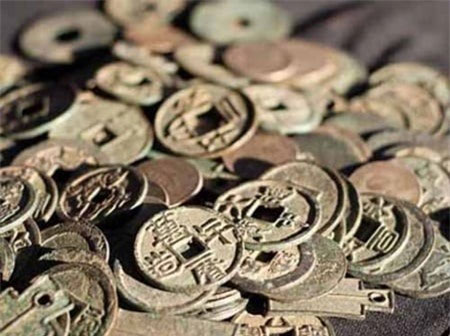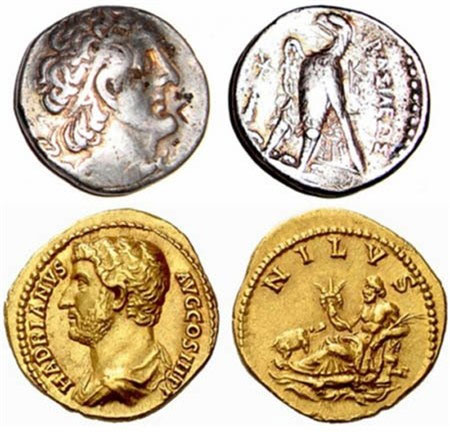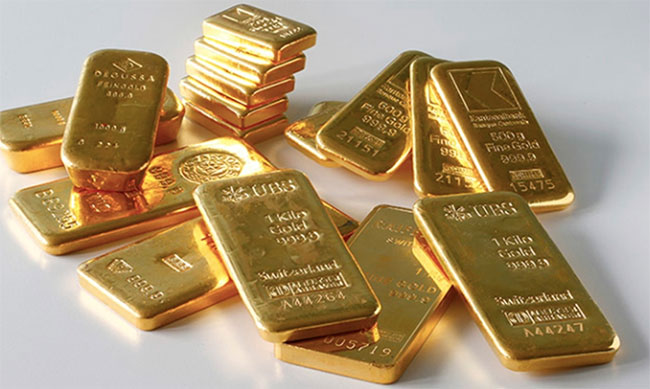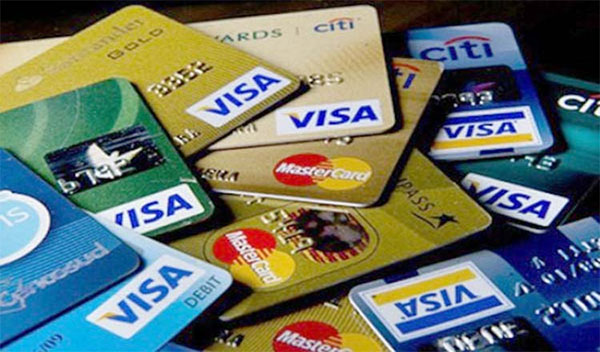In ancient times, people did not use money for buying and selling goods; instead, they relied on a barter system. This meant exchanging personal assets for other types of goods.
Around 9000 to 6000 BC, livestock was considered the primary unit of exchange. As agriculture developed significantly, crops and agricultural products became commonly used for trade.
From 1200 to 800 BC, the Chinese began using cowrie shells as a form of currency. The more cowrie shells a person possessed, the greater their power. This form of currency later spread to countries in Africa and North America.
As society evolved, the need for a more stable and efficient method of transaction arose. This led to the invention of money, which has an interesting history of development.
The First Metal Coins

Around 1000 BC, the Chinese began producing the first coins. These coins were made from metal and featured a hole in the center, allowing them to be strung together. This is regarded as the beginning of the development of metal currency.
Gold and Silver Coins

Around 500 BC, silver coins bearing images of deities and emperors were minted to assert their dominance. They were first used in Lydia, Turkey, and later spread to Greece, the Persian Empire, and even Rome. During this period, other nations, such as Lydia, also used gold coins for trade.
Paper Money

China was the first country to use paper money, around the 9th to 19th centuries AD. This period saw a series of crises and severe inflation due to the surge in the amount of paper money. By 1455, this type of currency had disappeared. Many years later, Europeans still did not adopt paper currency.
Gold Bullion

The British established a specific gold standard, measuring gold in ounces. Each currency unit was assigned a certain amount of gold, thus preventing inflation of paper money.
Credit Cards

Using cash to pay for all types of goods and services can sometimes create difficulties and inconveniences. In 1950, scientist Frank X. McNamara introduced the idea of a credit card, which could be used in various locations to pay for different goods and services without needing cash.

















































